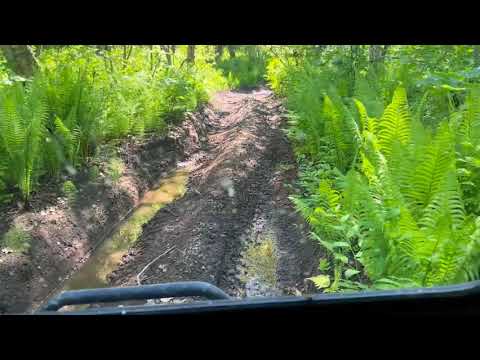Here is how to do that:
1. Get a survey of your property lines. Don’t count on the neighbors lines, or the road to help you delineate your property lines. That is usually how the mistakes are made. Pay the money and do it right.
2. Have the surveyor mark the location of the setbacks and make sure the excavator and other contractors DO NOT remove these marks. Often the excavator will make the spot for the foundation based on his estimates, not on the survey, so ensure that they are marked and the excavator knows where they are.
3. Examine any covenants to see if the subdivision has larger setbacks than the borough. You don’t want to find out later that although you were OK with the borough, you are in violation of the covenants.
4. Ask the surveyor to research section line easements if your property is close to a section line. A section line easement is a public right of way. The borough code requires a 25 foot setback from a public right-of-way so if you have a 50 foot section line easement on your property line you cannot build any closer than 75 feet from that line. AND…this is important, just because there is no easement on a borough map does not mean it isn’t there. There may still be an easement and the surveyor needs to do the research to verify.
5. Check your title work to ensure that you know where all the easements are located on your property. This is one of the best reasons to hire a title company when you buy the property. You need to know where all the public and private easements are located. Nothing would be worse than building across a private easement through which your neighbor decides to build a road. If he has an easement, he can build his road whether you knew about it or not. It’s best to know, don’t you think?




